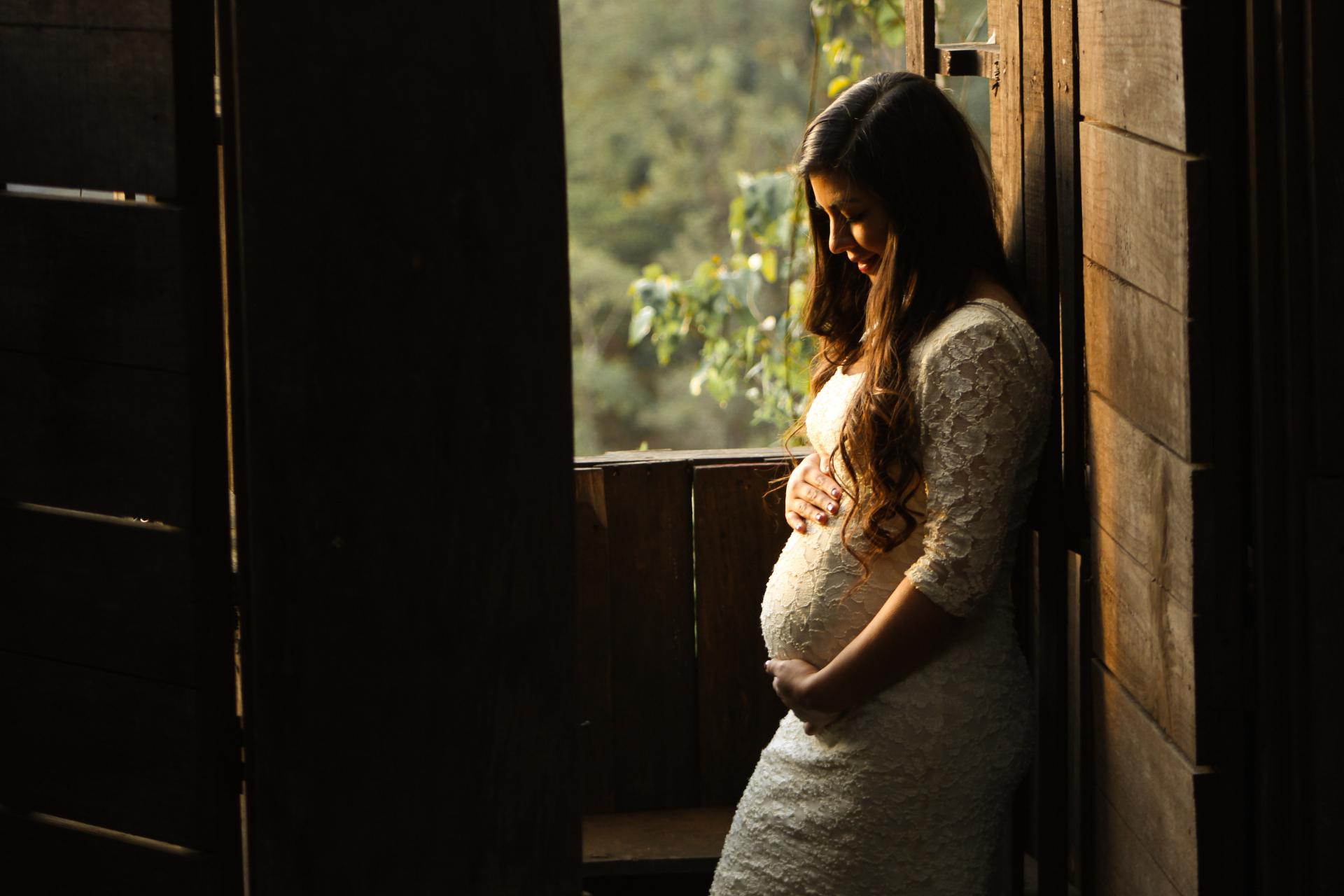Importance of Prasava Raksha | Ayurvedic Post Natal Care
Ayurveda considers Prasava Raksha or post-natal care as an important practice and highly recommends it. According to Ayurveda, child delivery can immensely increase the vata activity in a women’s body. Specialized care, medications and diet can help reduce vata dosham and help strengthen the new mother’s mind and body. Post-natal care or Sutika paricharya during the first three months post delivery helps mother to regain her physical fitness and helps induce proper lactation. During this period, the expanded uterus shrinks back to normal position, and ligaments, tendons and muscles associated with uterus start regaining their lost strength and elasticity. Pregnancy period is a remarkable journey of 40 weeks for both the mother and baby. The daily routine including food and lifestyle of mother is equally important in all the 3 trimesters. Ayurveda recommends proper care in the form of medicines, food and therapies during this blissful period.
Benefits of Prasava Raksha
- Faster healing and replenishment of uterus and associated organs
- Improvement in the quality and quantity of breast milk
- Nourishment and strengthening of joints, muscles and tissues
- Compensation of blood loss after delivery
- Cleansing of uterine remnants such as fluids and related tissues
- Avoidance back pain
- Dismissal of fatigue, stress and drowsiness
- Reduction of mental trauma helps you stay positive
Prasava Raksha at Ayurmayi
Prasava Raksha at Ayurmayi helps the new mother overcome delivery exertion and vata dosha, reduces stretch marks, prevents infections and helps in strengthening uterus. It includes:
- Body massage using hot medicated oils (Snehanam)
- Massage with oil dipped cloth bags (Patrapotala Swedam)
- Herbal bath using medicated oils (Kashaya Dhara)
- Abhyangam with Dhanwantaram kuzhambu and Pindatailam
- Special abdominal binding procedures reduce tummy
- Special diet plan and medications
- Body massage and Kashaya Dhara for child
Note: In case of Caesarean, therapies will be done only after complete healing of the wounds. Normally 14-20 days.



 WhatsApp us
WhatsApp us